Hosta "Haltsion": description, landing and leaving

The true highlight of the shady garden will be the unpretentious hosta - a herbaceous ground cover plant with a powerful rhizome and wide leaves. A native of the Far East, Korea and China has been decorating the gardens of the Japanese nobility for more than 10 centuries. Until the onset of the 18th century, the hosta could not be exported outside the eastern countries, but when the plant came to Europe, it quickly won the hearts of gardeners. Plants with blue leaves look especially beautiful in the flower garden, including the hosta "Halcyon".
Description
Hybrid host "Halcyon" (Latin name Hosta hybrida Halcyon) refers to the classic host species. Its medium-sized heart-shaped leaves have a raised surface formed by longitudinal veins. The average width of a single leaf is about 100 mm, and the length of a leaf plate is 160 mm. The plant reaches a height of up to half a meter, but at the time of flowering, the peduncle throws out buds 0.7 m above the ground.
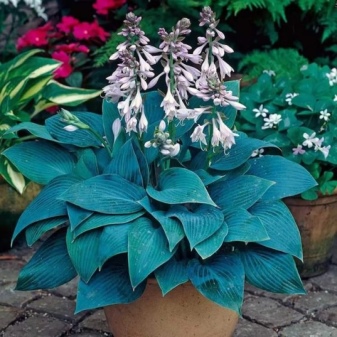

Giving a description of the host, it should be noted that lavender flowers, similar to elongated funnels, collected in spike-shaped inflorescences, look rather inconspicuous and are not the highlight of the plant. The true decoration of the Halcyon variety is the blue, wax-coated color of the dense leaves. The deep blue of the leaf mass persists throughout the season.
The waxy coating on the leaves serves to protect against sunburn and to retain moisture. This is especially important for this variety, as the Halcyon hosta prefers partial shade and feels good in sunny areas.
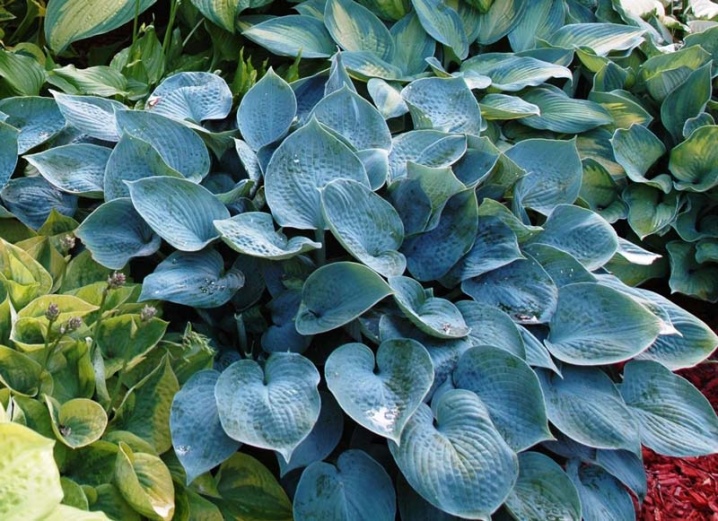
Reproduction
Having placed a hostu on their site, many people think about how to propagate a favorite plant. The host can be propagated in three ways:
- dividing the bush;
- cuttings;
- seeds.
Dividing the bush
When the plant reaches the age of five years, the bush is dug up, divided into separate parts and transplanted. This operation is carried out in early spring or autumn. This must be done as a preventive measure to prevent thickening of the bush and remove damaged areas of the rhizome.
Having dug up the plant, the rhizome is divided into sections with 2-3 rosettes of leaves. Each cut is examined, the damaged areas of the root are cleaned, the cuts are sprinkled with crushed coal and planted in a new place.
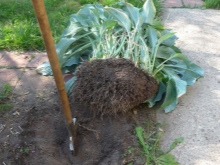
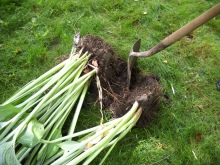
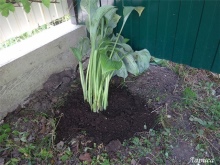
Cuttings
In June and July, cuttings can be used for reproduction, which are used as lateral shoots with a rosette of leaves.
Having separated the shoot, the leaf plates are shortened by a third in order to retain moisture and the cutting is planted in place, sheltered from direct sunlight. The soil around the plantings must be kept moist, avoiding stagnant water.
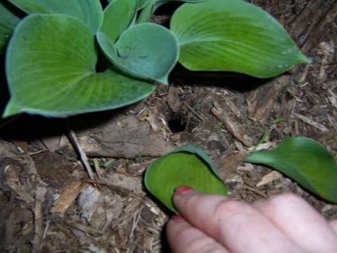
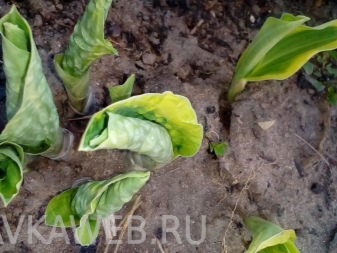
Seed propagation
It is best to use the first two propagation methods to preserve the variety. But for those who want to experiment, there is another way - this is sowing the ripe seeds of a plant. It should be remembered since the hosta "Halcyon" is a hybrid variety, it is possible to get a seedling with differences from the mother bush.
Even the purchase of seeds in specialized stores does not guarantee the preservation of varietal traits.

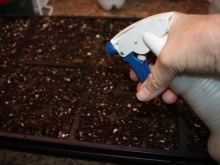
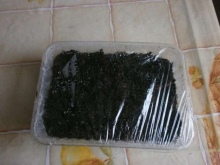
Planting and leaving
When choosing a place to place Halcyon hosts, it should be remembered that this variety feels great in an area with any illumination, the main thing is that there is enough moisture without stagnation. Prefers loose, slightly acidic, air and moisture permeable soils.
When preparing a landing site, you must:
- dig up the soil to the depth of the shovel bayonet;
- fertilize;
- dig a hole with a volume of 2 times the size of the root;
- lay drainage;
- pour a small hill of the prepared substrate on which the root system of the seedling will be located.
A sprout is placed in the prepared hole, spreading the roots along the poured slide. Fall asleep with the remaining soil, making sure that the growth bud is flush with the soil surface. The earth is tamped and watered with settled water.

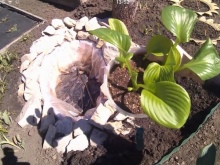
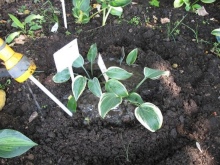
Further care consists in regular watering, as the plant loves moisture. Watering is carried out early in the morning at the root at least once every 3-4 days, preventing the soil from drying out. Surface watering should be avoided so as not to disturb the decorative effect of the bush and not to dry out the soil, since dense thickets of leaves prevent moisture from entering the roots of the plant.
The plant of the Halcyon variety is quite winter-hardy, but in preparation for the winter period, it is required to mulch the bush with covering material. This is especially important for young plants. It helps to retain moisture well by mulching the soil around the bush in the spring.
It is not worth pruning the plant, the only thing that needs to be removed is the peduncles with faded flowers.
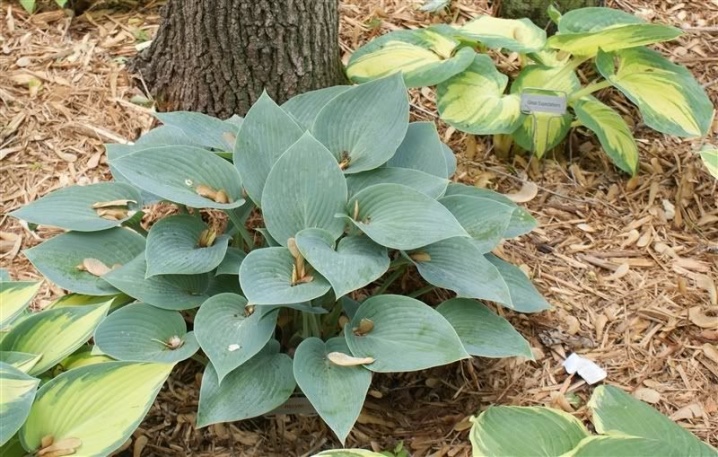
If the hosta is planted in an area with poor soil, it needs fertilizing at least three times per season, but no later than July. For these purposes, you can use any complex fertilizer for garden plants.
Top dressing of the plant in a later period can lead to death, since the hosta will not have time to prepare for the winter state of dormancy, while continuing to build up the green mass.
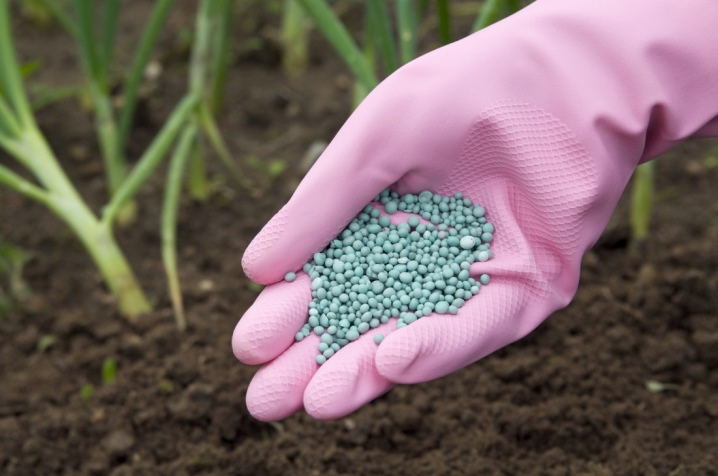
Diseases
Another important step in hosta care is disease control.
If yellow spots and specks appear on the leaves of the plant, then there is the likelihood of a viral infection. Unfortunately, viral diseases cannot be cured, and the only way to cope with this is to completely destroy the affected plant, and thoroughly disinfect the soil and tools that came into contact with it.
Of the fungal diseases, the most common are:
- phyllostictosis, manifested in the form of brown spots with a gray bloom on plants weakened after wintering;
- anthracnose, which is a consequence of lack of nutrition and excess moisture.
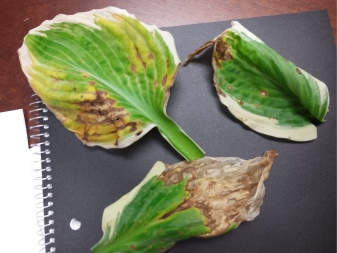

Fungicides are used to fight the disease.
See below for proper fit and caring for the host.







































































































The comment was sent successfully.